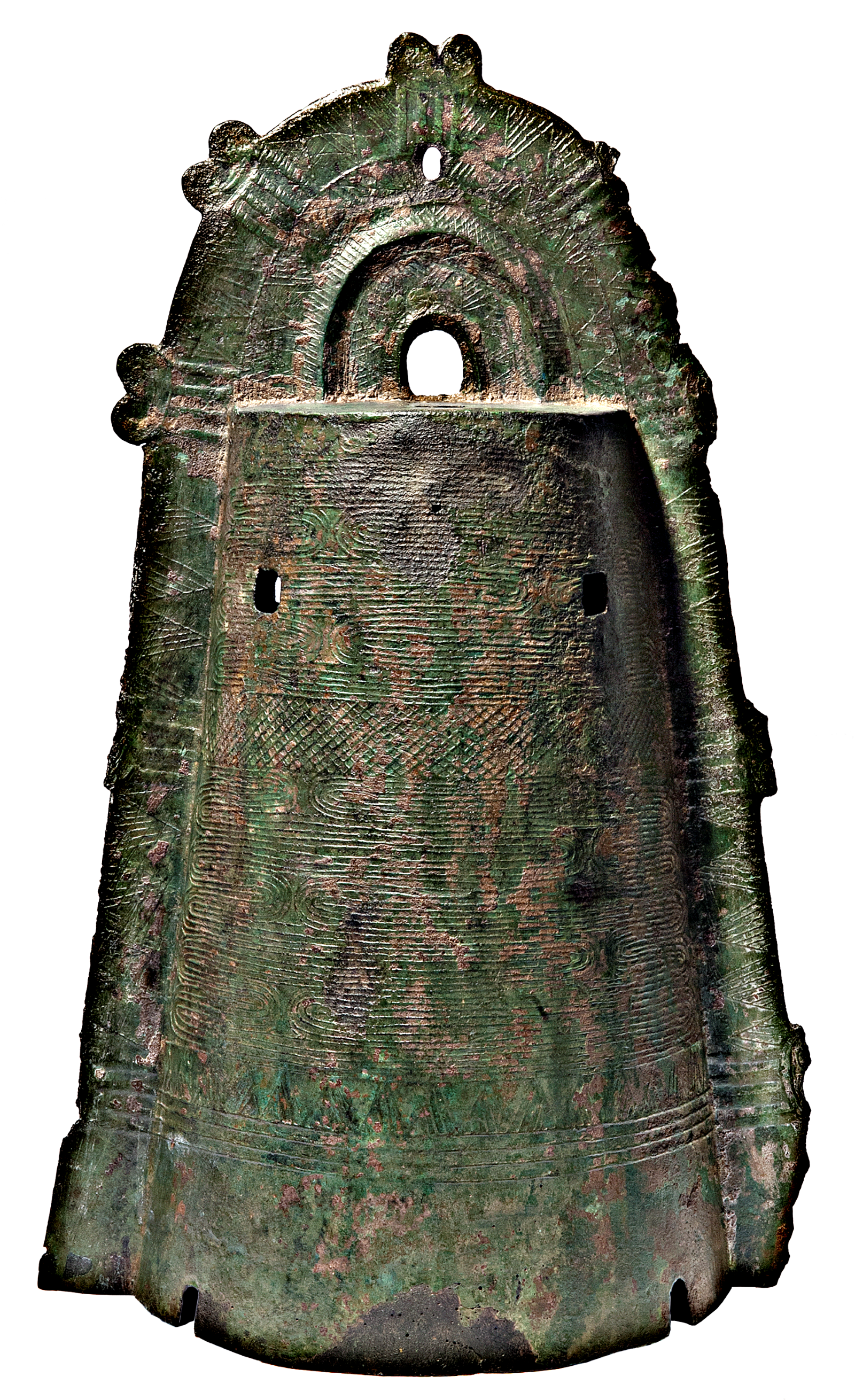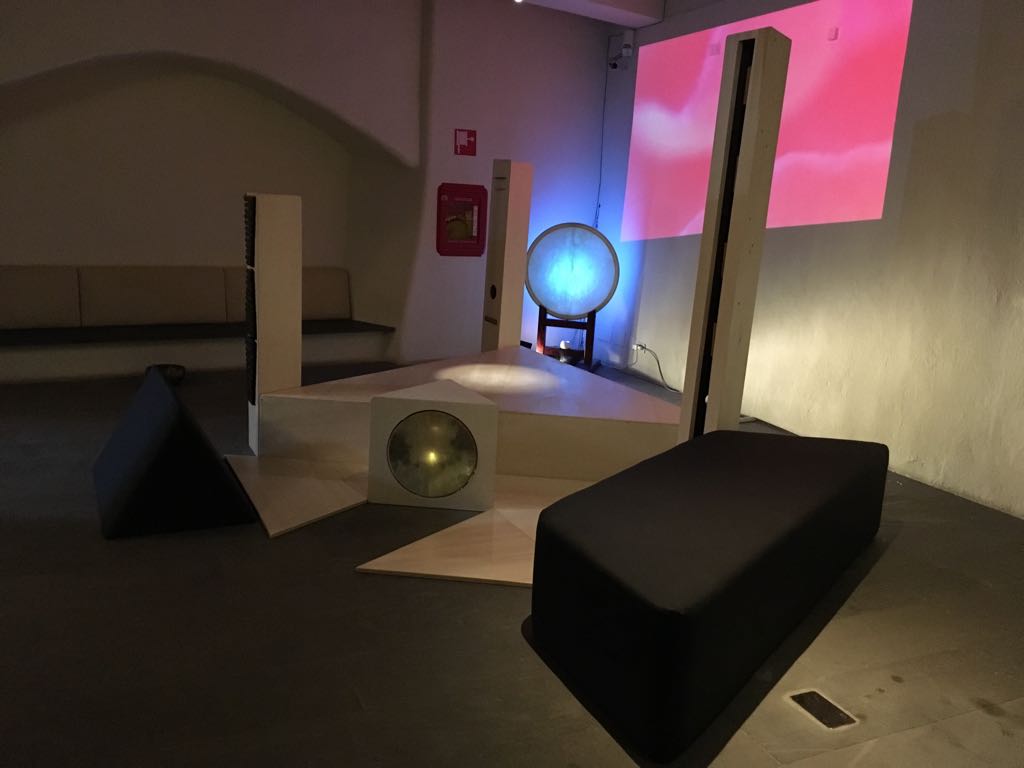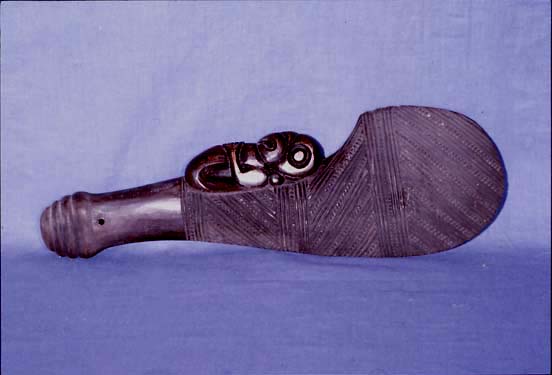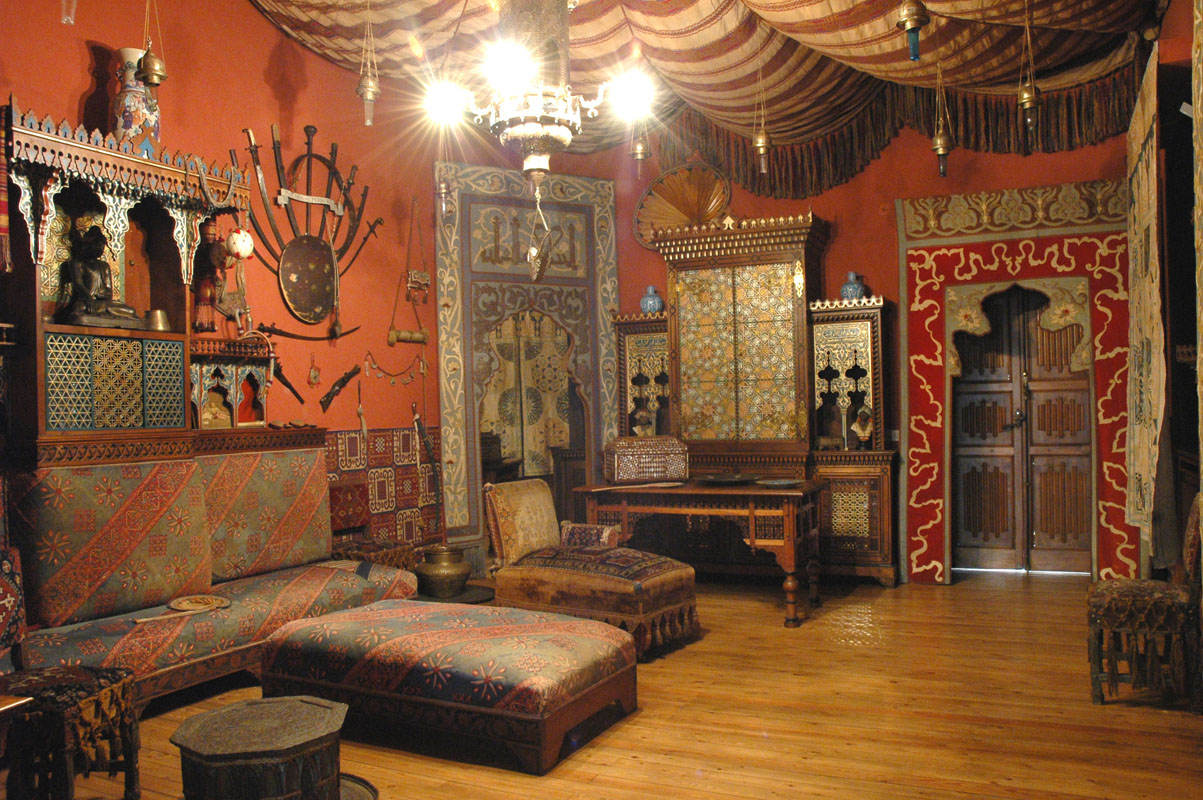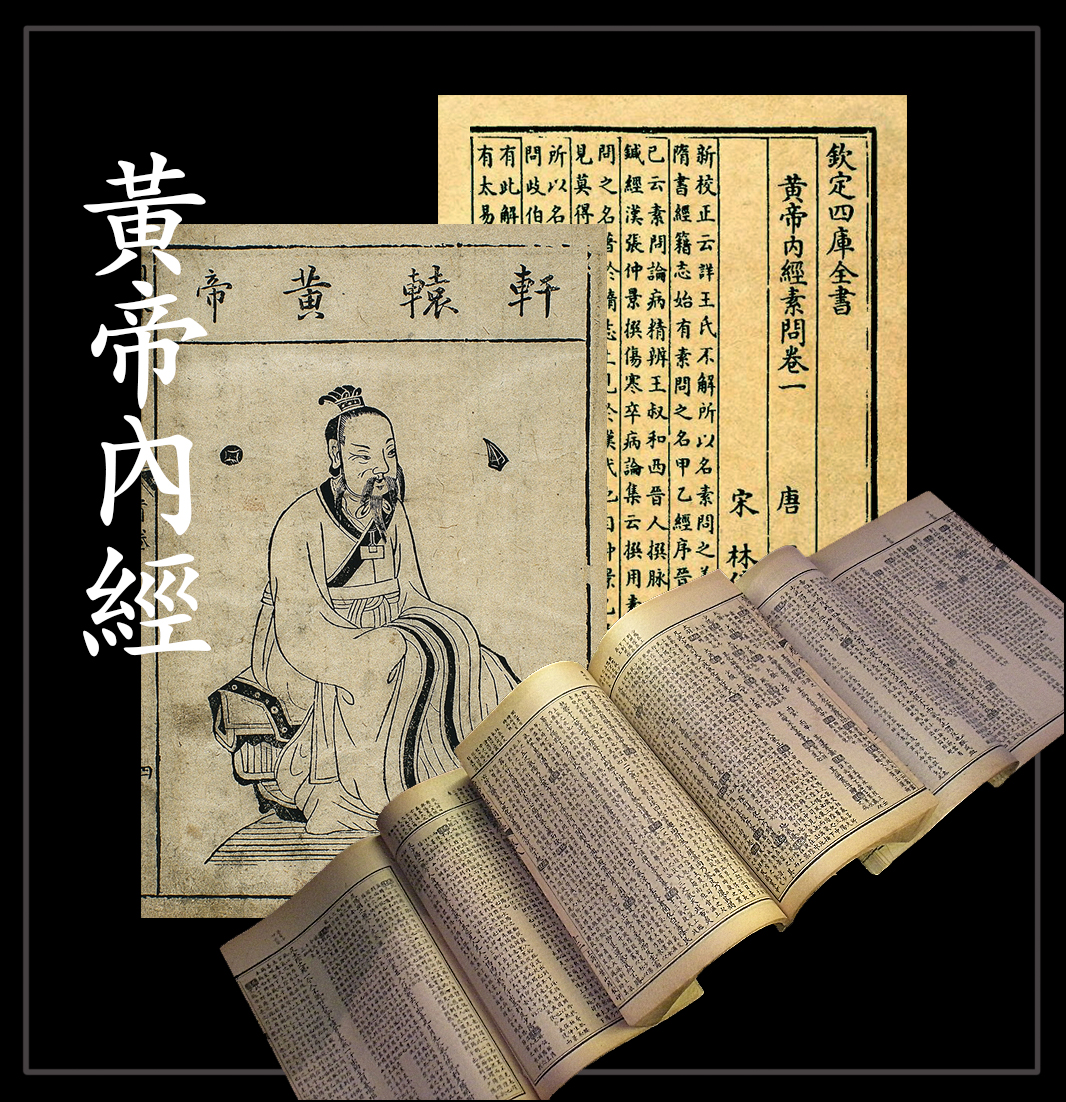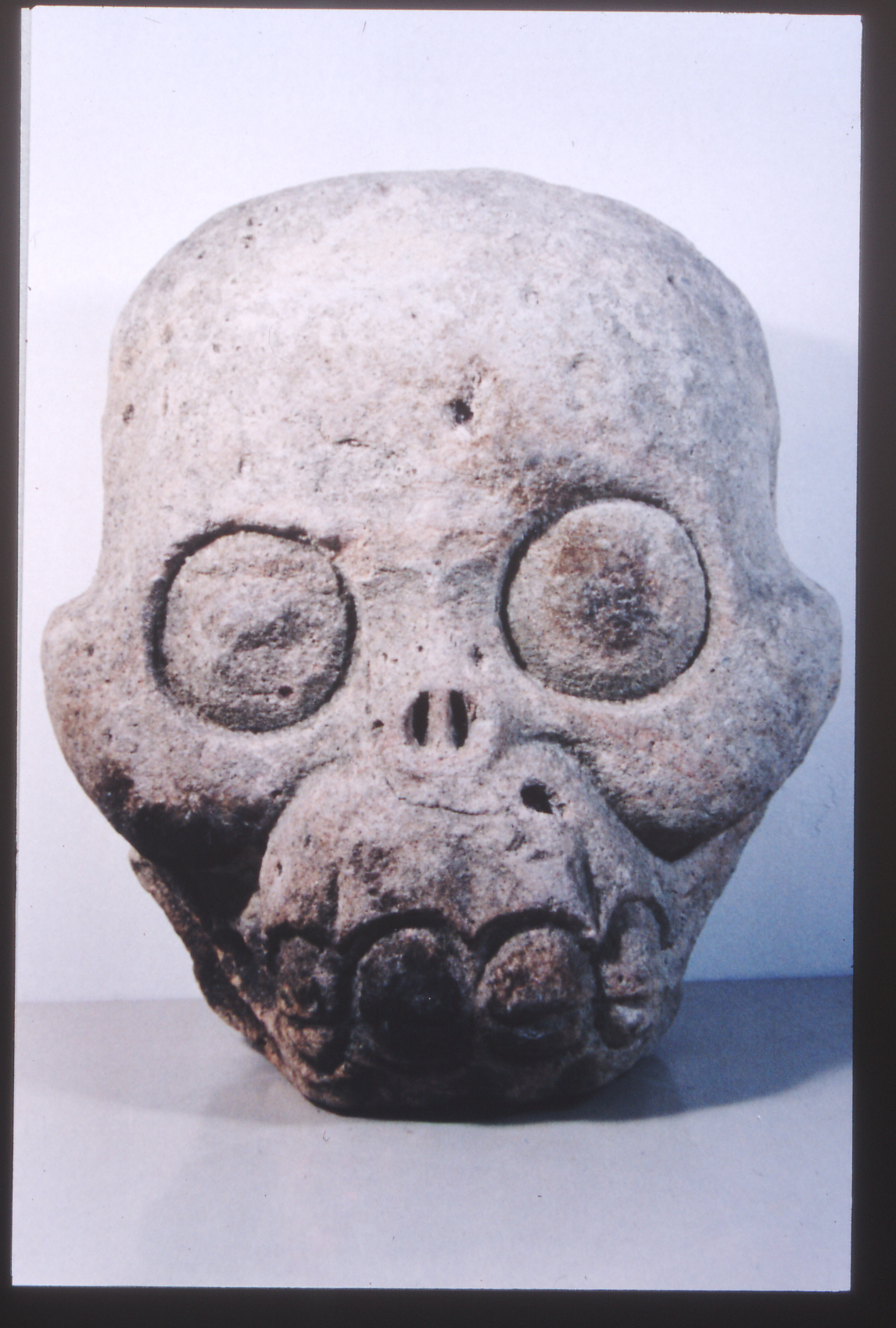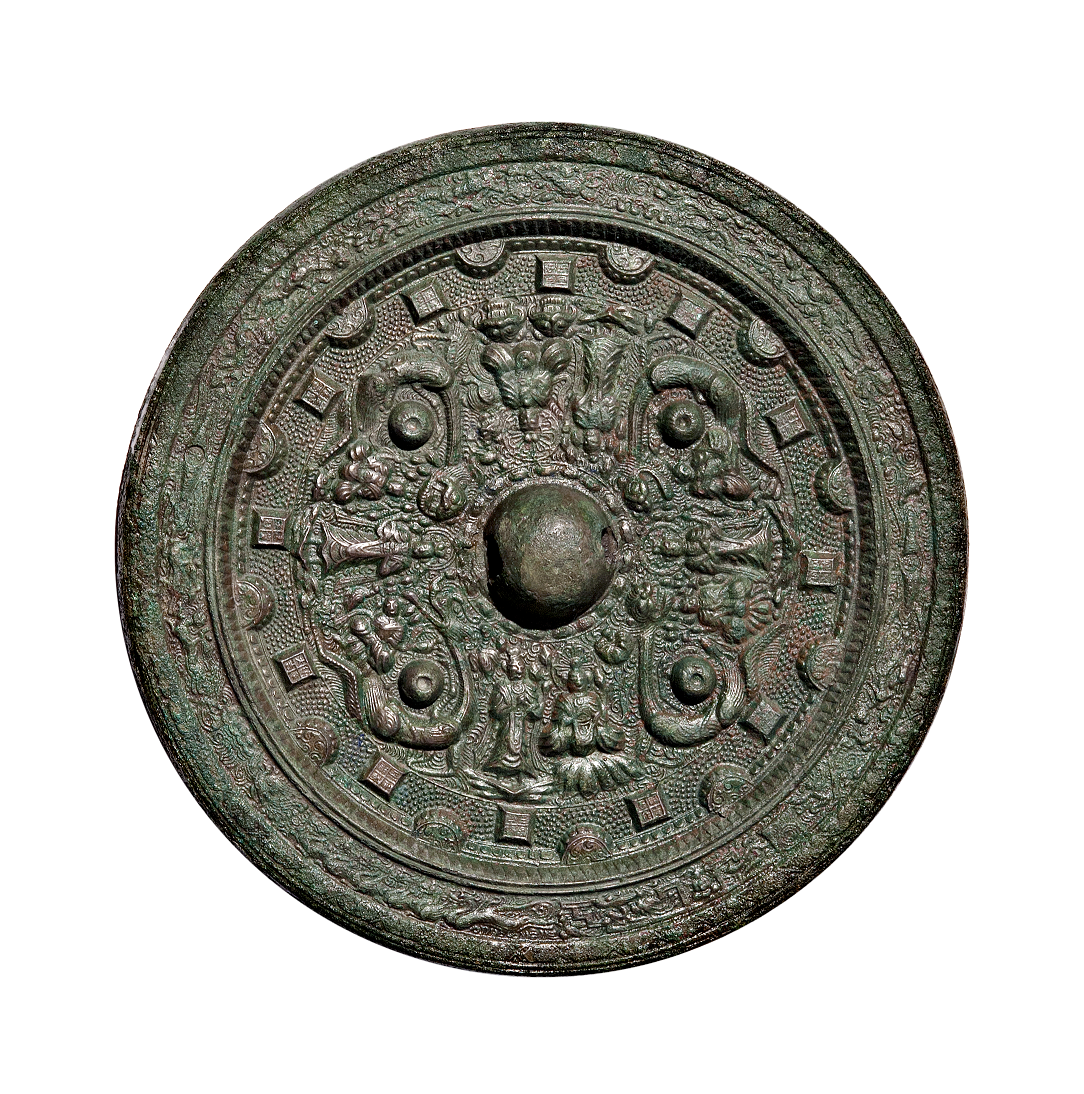
Click here to view image
Mirror with four bosses, four animals and ten Buddhist deities, gift of Atsushi Saisho to Edoardo Chiossone,
Collezione Edoardo Chiossone 1898 Genova - lascito testamentario
ambito cinese
China or Japan, 5th - 6th century AD
- V-VI
B-546
Unità di misura: cm; Diametro: 24.2; Spessore: 0.9; Unità di misura: g
bronzo- fusione
In a written memorial dated November 1881, the General Director of the Printing Bureau of the new Ministry of Finance Polygraphic Institute, Tokunō Ryōsuke, direct superior of Edoardo Chiossone wrote regarding a pair of mirrors (almost identical) donated one to him and the other to Edoardo Chiossone by their mutual friend Saisho Atsushi as a sign of their friendship:
"Since the most remote antiquity, mirrors have been considered treasures in our country. Since their intrinsic character is that of being pure, clear and spotless [...] it is exactly like a pure heart to which selfishness and falsehood are unknown [...] Mr. Edoardo Chiossone searches for antiquities with tireless courage, without letting himself be stopped by obstacles; he loves all ancient objects with unheard-of ardour; there is no other way to define him, except as an extraordinary man! One of my friends, Mr. Saisho Atsushi, kept multiple very old mirrors: two of them have the same motifs and figures. He gave one to me, and the other to Mr. Chiossone. I believe Mr. A. Saisho wanted to show our mutual affection and its eternal duration, like that of mirrors. I dare to hope that Mr. Chiossone will want to keep this mirror very precious. In front of this mirror, he will seem to see all three of us together; it would be something so pleasant! The mirror... represents four bosses, four divine animals and ten sacred characters executed in an impeccable manner. The registration is partially deleted, so it cannot be read completely. It's only been a few years since the mirror was unearthed. The metal is covered with a beautiful green patina, a palpable sign of antiquity. Moreover, it is impossible to establish the era from which it dates.
11th month of the 14th year Meiji (November 1881), Tokunō Ryōsuke".
From this memorial we learn how Chiossone was well introduced and respected in Japanese society both that, six years after his move to Japan, he had already begun strenuously to collect artworks and that many of his acquaintances and friends were involved in facilitating the gathering. From Tokunō's writing we also understand that the mirror was buried and that it only came to light after an excavation.
In Japan, in the eighteenth and nineteenth centuries, in fact, there were not only occasional excavations for the creation of plants and infrastructures, well inserted in the Meiji modernization perspective, which led to fortuitous finds but also to real archaeological excavations increased by the growing antiquarian and collector taste: this is probably the case of the gift mirrors of Saisho Atsushi, an imminent politician in charge, over time, of several Prefectures of Japan.
An identical specimen, found at the Kongōrin-ji temple in Ōsaka, is kept in the Kyōto National Museum and is on the Japanese national list of Important Cultural Heritage (jūyō bunkazai). These ritual mirrors, whose reflective side is obtained by polishing the bronze (opposite the visible side) are usually decorated with Taoist motifs: our specimen features a rare combination of Taoist decorative motifs and Buddhist figures.
Bronze mirror of ritual use from an unknown archaeological context, with four ashlars, four animals and ten Buddhist deities. The reflective side, opposite to the decorated side, is obtained by polishing the bronze.

